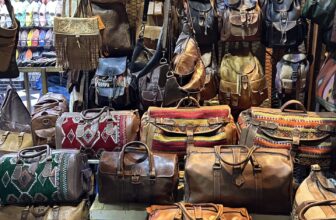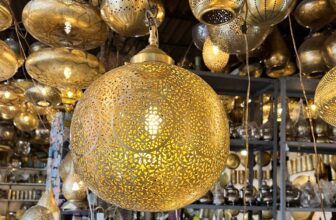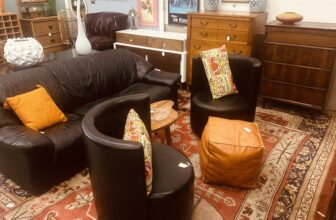Top 5 places to sell antiques for maximum value
Top 5 places to sell antiques for maximum value
If you want to sell antiques and get the best price, choose the right venue, prepare accurate photos and descriptions, and understand how antique appraisal and valuation affect final offers. Below are five proven channels—each balanced for reach, speed, and expected return—plus practical tips for negotiating with antique dealers and buyers.
Sell antiques on online marketplaces
Online marketplaces give you broad exposure and suit a wide range of items, from small collectibles to high-value furniture. Use clear, well-lit photos, list provenance if available, and include condition notes to improve auction outcomes or fixed-price sales. Popular choices include eBay for broad reach (see a practical seller guide at wellkeptwallet), Etsy for vintage and decorative pieces (lovetoknow), and specialty marketplaces like 1stDibs for high-end antiques (diyauctions). When listing, use terms such as sell antiques, antique valuation, and antique appraisal to attract collectors and dealers searching for specific items.
Tips for shipping and pricing on marketplaces
- Offer local pickup for large furniture to avoid high freight costs and damage claims.
- Factor platform fees and shipping insurance into your asking price to preserve profit.
- Verify auction house sell-through rates or marketplace analytics before committing.
Sell to local antique dealers and shops
Working with antique dealers provides speed and convenience—dealers evaluate items quickly and can pay immediately. Expect offers below retail market value because dealers must resell at a margin, but this route reduces hassle around marketing and shipping. If you want a point of comparison, our guide to the best selling venues outlines where dealer sales make sense: here are 5 of the best places to sell your antiques. When visiting multiple shops, bring provenance, a brief condition report, and comparables from recent sales to improve your negotiating position with antique dealers.
Sell at flea markets, antique fairs, and pop-up events
Flea markets and antique fairs let you meet collectors face to face and test pricing in real time. These venues work best for smaller items, decorative accessories, and vintage collectibles. Booth fees and the event’s foot traffic determine profitability—prepare a clear price list and be ready to negotiate. If you’re learning about types of items that perform well in public markets, review our primer on categories and demand: what are the different types of antiques.
Auction houses for rare and high-value items
Auction houses attract serious bidders and can drive competitive pricing for rare antiques, fine art, and museum-quality pieces. Expect seller commissions and possible reserve fees, and request a pre-sale estimate or condition report to set realistic expectations. For guidance on maximizing auction results and when to choose consignment, see marketplace comparisons and seller tips at DIY Auctions and local valuation resources like Antiques Estate Buyers.
Preparing items for auction
- Obtain a professional appraisal for high-value pieces to establish provenance and expected sale range.
- Provide condition reports and restoration history; transparency builds buyer trust and can increase bids.
- Discuss marketing reach with the auction house to ensure targeted promotion to relevant collectors.
Estate sales and liquidation events
When selling a large collection or clearing household contents, estate sales and liquidation events are efficient. These events pool buyers and can move many items quickly, though prices may be lower than individual high-end sales. Hiring an experienced estate sale company reduces logistics and pricing workload. For tips on sourcing finds and preparing items for resale, consult our practical antiquing guide: the art of antiquing: tips and tricks for finding the best deals.
Regardless of the channel you choose, invest time in a basic antique appraisal, research similar recent sales, and clean or stabilize items carefully—these steps improve buyer confidence and final sale prices. Combining channels (for example, listing online while contacting local antique dealers about consignment) often yields the best balance of speed and value. Use clear searches like sell antiques, antique appraisal, and estate sale to describe your listings and reach the right buyers.
Make your next sale strategic: document provenance, get a valuation for high-value pieces, compare offers from dealers and auctioneers, and match the selling channel to item type and desired timeline. With preparation, you can maximize value while minimizing hassles and risk.







